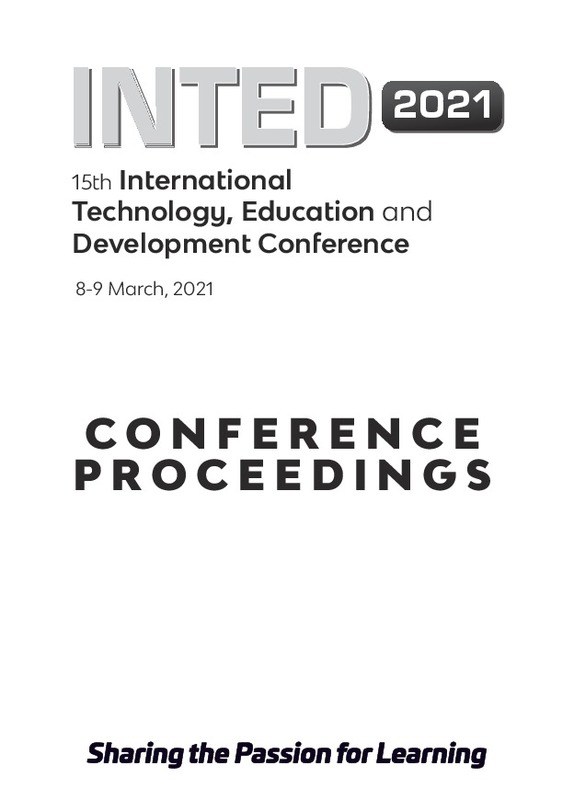|
Resumen:
|
[EN] The Bachelor¿s Degree in Industrial Design and Product Development Engineering at Jaume I
University (UJI) in Castelló (Spain) include 3 one-semester courses of Technical Drawing and
Computer Aided Design (CAD). ...[+]
[EN] The Bachelor¿s Degree in Industrial Design and Product Development Engineering at Jaume I
University (UJI) in Castelló (Spain) include 3 one-semester courses of Technical Drawing and
Computer Aided Design (CAD). Throughout the three subjects, students learn to create Engineering
Technical Drawings according to Normative firstly through sketching in Technical Drawing and
Graphics (TDG) and then with CAD applications starting with two-dimensional CAD applications to
three-dimensional ones in CADI & CADII. The three subjects have been coordinated in several
aspects (such as development of material to facilitate student¿s self-learning, the use of selfassessment or peer-assessment) and they share a common structure with theoretical and practical
sessions, along with the development of a graphic project throughout the course.
Theoretical classes have been taught in standard lecture format (teachers explaining contents), being
uninteresting for students. Going further in subjects¿ coordination, the teachers of the three subjects
during 2020 created a teaching innovation group to start implementing flipped classes in the
theoretical sessions to driven the focus from the teacher to the students. They must learn by their own,
previously to the face-to-face class by means of different material and tasks prepared by the teacher.
Then, in face-to-face class, learning that is more active is carried out. They practise by doing different
tasks and the real understanding of the concepts that were self-trained previously is put to the test.
During the first semester of 2020, the experience was carried out in TDG in just one session, but with
encouraging results, concluding that the experience should be implemented in more sessions since
students significantly increased their knowledge, as well as their participation and interest. In the
second semester of 2020, a similar experience has been carried out in CADI. Half of the sessions
before the first midterm exam were in flipped mode, whereas the rest were taught in the traditional
way. Furthermore, the theoretical exam included questions worked on the flipped classes. Students
answered a questionnaire about their experience with both methodologies `traditional lecture classes¿
and `flipped classes¿.
The results obtained show that students rated very similarly the attendance to traditional classes and
to the flipped ones as for their utility for concepts understanding and for the exam preparation.
However, while the attendance of non-repeater students was similar regardless the type of
methodology, the attendance of repeater students increased in flipped classes. As for flipped classes,
the material prepared for previous tasks (videos and questions) and the face-to-face tasks were highly
rated. A slight preference for flipped classes was shown despite the previous tasks. When comparing
both methodologies, they found the flipped classes more entertaining and useful for the better
understanding than the traditional ones. Furthermore, the questions of the activities of the flipped
classes introduced in the exam were percentage-wise better answered than the rest of questions. As
for the exam preparation, the students rated highly to have a free online book at disposal, the weekly
questionnaires that allow keeping their studies updated or the use of Socrative, regardless of the
methodology used.
[-]
|









